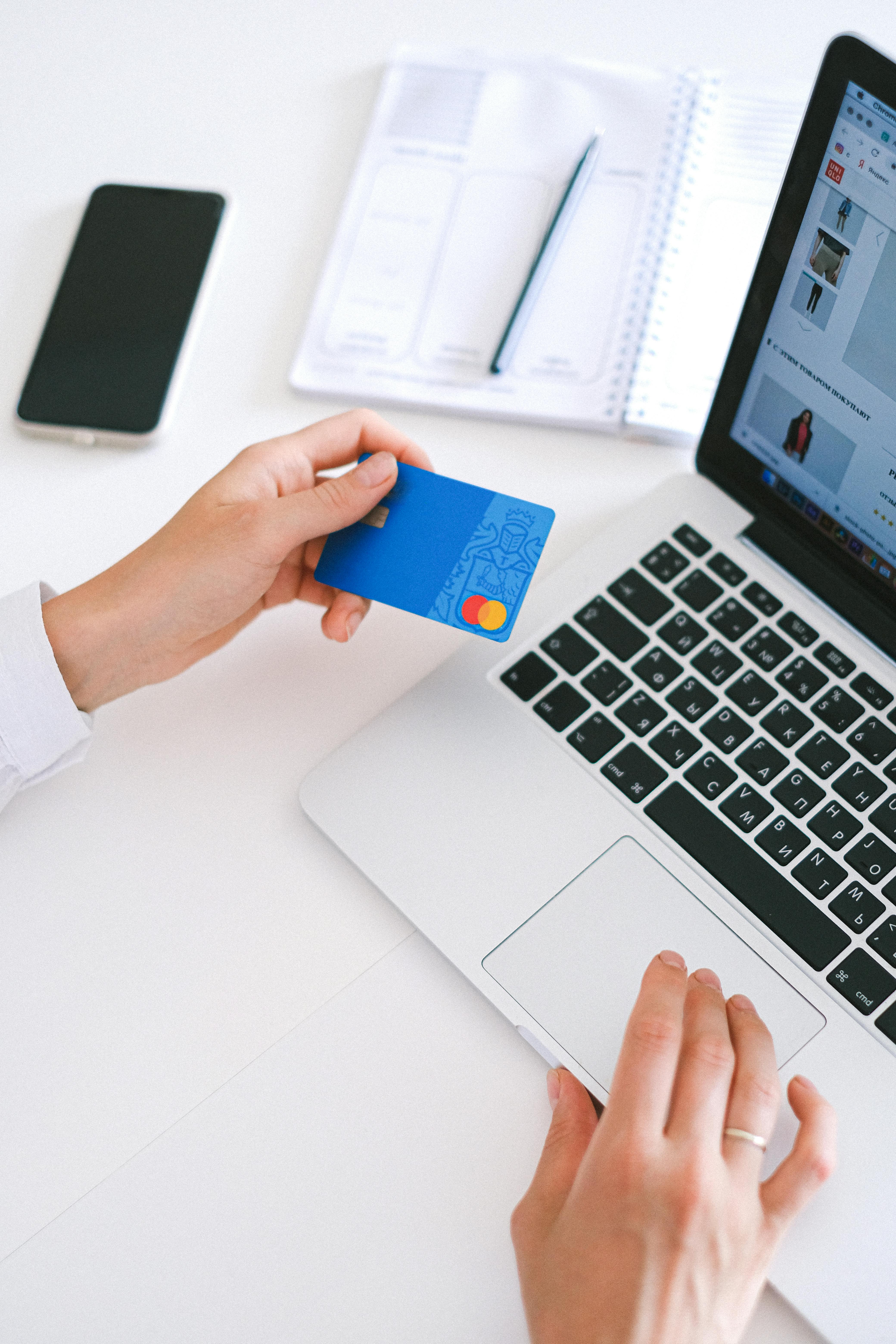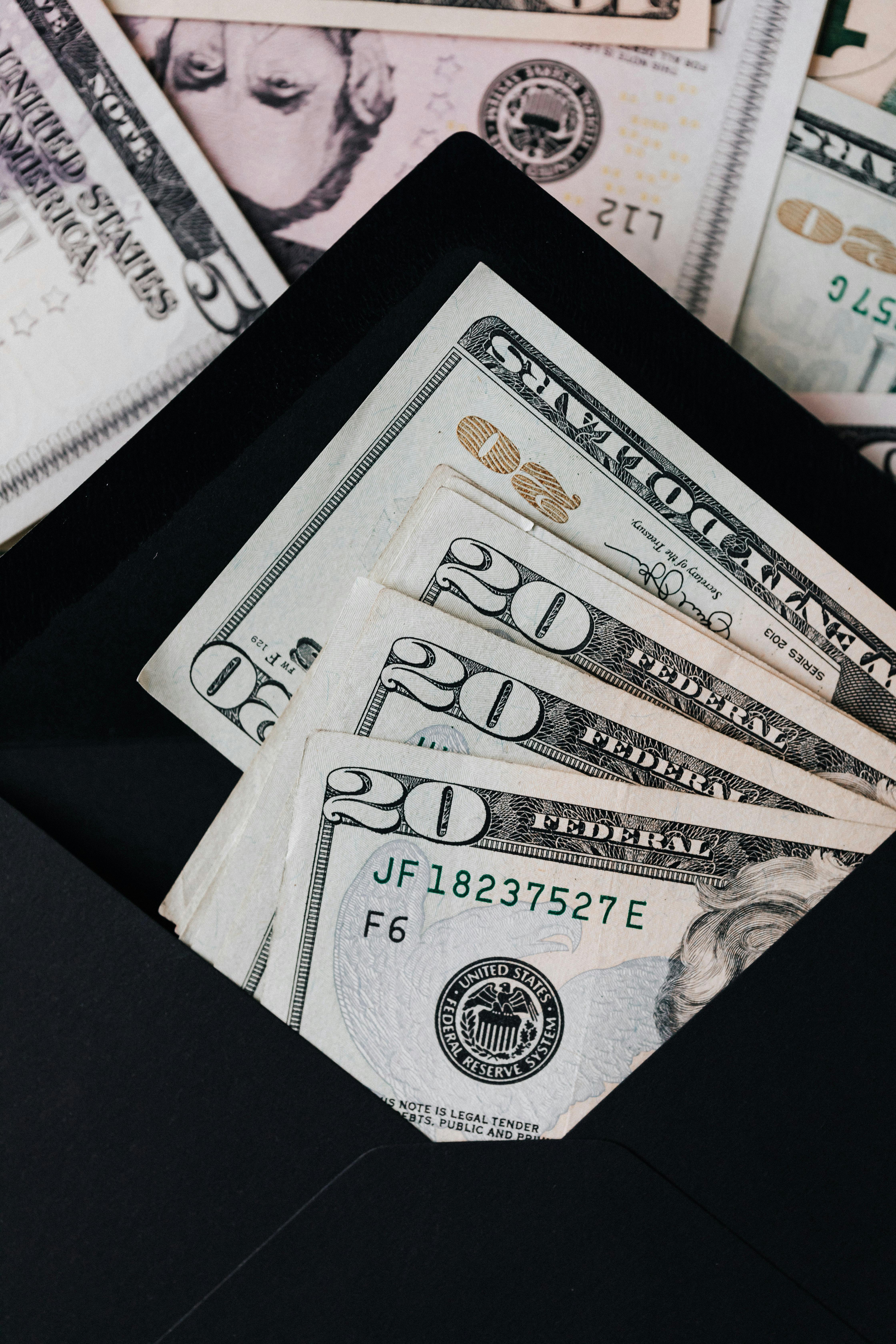The Rise of the One Dollar Coin
Imagine a world where digging through your pockets for loose change becomes a thing of the past. With the rise of the one dollar coin, this vision may soon become a reality. As cash transactions decline and digital payments soar, governments and businesses are reconsidering the value of dollar coins. Lightweight, durable, and cost-effective, these shiny little discs could revolutionize the way we handle money. In this article, we’ll explore the benefits of the one dollar coin, its growing popularity, and why it might just be time to say goodbye to paper bills. So grab your wallet and get ready to embrace the future of currency!
▶▶▶▶ [Bitget] Transaction fee 50% discount CODE◀◀◀◀◀
The Benefits of One Dollar Coins
Cost Savings
Using one dollar coins instead of dollar bills can provide significant cost savings for governments and economies. Coins have a longer lifespan compared to paper bills and can be circulated for up to 30 years, whereas bills need to be replaced every few years due to wear and tear. The durability of coins reduces the need for frequent reissuance and production costs. In addition, coins are more difficult to counterfeit, further reducing financial losses for the government.
Increased Durability
One dollar coins are made of metal alloys, which makes them much more durable than their paper counterparts. The average lifespan of a coin is estimated to be 30 years, while a dollar bill typically lasts for only about 5 years. The longer lifespan of coins means less frequent replacement, leading to cost savings in production and distribution. Additionally, the durability of coins ensures that they remain in circulation for a longer period, reducing the need for constant replenishment.
Improved Efficiency in Vending Machines
One of the significant advantages of one dollar coins is their compatibility with vending machines. Unlike dollar bills, which frequently get jammed or rejected, coins can be easily dispensed and accepted in vending machines without any issues. This improved efficiency in vending machines not only saves time but also reduces maintenance costs for vending machine operators. Additionally, coins can be stored and transported more efficiently in bulk, resulting in reduced logistical costs.
Historical Background of One Dollar Coins
Introduction of the Susan B. Anthony Dollar
The Susan B. Anthony Dollar was introduced in 1979 as the first modern attempt at a one dollar coin. It featured the image of Susan B. Anthony, a prominent figure in the women’s suffrage movement. The coin was intended to replace the one dollar bill and encourage greater usage of coins in daily transactions. However, the coin faced numerous challenges and failed to gain widespread acceptance among the public.
Failure of the Susan B. Anthony Dollar
Despite its initial optimism, the Susan B. Anthony Dollar faced several obstacles that contributed to its failure. Some of the main reasons for its lack of popularity included its similarity in size and appearance to the quarter, leading to confusion among consumers. Additionally, widespread vending machine compatibility issues further hindered its acceptance. As a result, the Treasury stopped minting the coin for circulation in 1981, though it continued to be produced for collectors.
Introduction of the Sacagawea Dollar
In an effort to revive the concept of a one dollar coin, the Sacagawea Dollar was introduced in 2000. The coin featured the image of Sacagawea, a Native American woman who accompanied the Lewis and Clark expedition. The aim was to create a coin that was distinctive and easier to identify compared to the Susan B. Anthony Dollar.
Transition to the Presidential Dollar
Building on the lessons learned from the previous attempts, the Presidential Dollar series was launched in 2007. This ongoing series features the image of each U.S. President, with a new coin released for circulation approximately every three months. The transition to honoring Presidents on the coins aimed to increase public interest and collectability, thus driving circulation and usage of one dollar coins.
The Future of One Dollar Coins
Despite the historical challenges faced by one dollar coins, there are ongoing efforts to promote and improve their acceptance. The future may see advancements in technologies, such as biometric authentication on coins, to enhance security and ease of use. Furthermore, increased public awareness and education campaigns can help shift consumer preferences towards using one dollar coins in their daily transactions.

▶▶▶▶ [Bitget] Transaction fee 50% discount CODE◀◀◀◀◀
International Examples of One Dollar Coins
The Loonie in Canada
Canada is widely known for its use of the one dollar coin, commonly referred to as the “loonie.” It was introduced in 1987 to replace the one dollar bill and has since gained widespread acceptance and usage among Canadians. The coin features the image of a common loon, a bird native to Canada, on its reverse side. The success of the loonie can be attributed to public awareness campaigns and strong support from retailers and vending machine operators.
The Euro Coin in Europe
The Eurozone countries also utilize a one euro coin, which holds a value similar to that of a one dollar coin. The coin features a common design on the front side across all Eurozone countries, with each country having its own unique design on the reverse side. The use of the one euro coin has contributed to a decrease in the usage of one euro banknotes, resulting in cost savings for Eurozone economies. Furthermore, the one euro coin’s durability and compatibility with vending machines have made it a preferred form of currency across Europe.
The British One Pound Coin
In the United Kingdom, the one pound coin has long been in circulation and widely accepted. Its distinctive twelve-sided shape makes it easily distinguishable from other coins, reducing confusion among consumers. In 2017, the United Kingdom introduced a new bimetallic one pound coin, featuring various security enhancements to combat counterfeiting. The transition to the new coin demonstrates the continued commitment to maintaining the popularity and integrity of one pound coins.
Consumer Acceptance of One Dollar Coins
Resistance to Change
One of the main challenges in promoting the usage of one dollar coins is resistance to change from both consumers and businesses. People have become accustomed to paper currency and may feel reluctant to adopt coins as a form of payment. The familiarity and convenience of using dollar bills can make it difficult to convince individuals to switch to coins.
Education and Promotion
To overcome the resistance to change, education and promotion play a vital role in increasing consumer acceptance of one dollar coins. Public awareness campaigns highlighting their benefits, such as cost savings and increased durability, can help individuals understand the advantages of using coins. Providing clear information on how to identify and use one dollar coins effectively can also alleviate any confusion or hesitation.
The Role of Cashless Transactions
The rise of cashless transactions, including digital payment apps and contactless cards, has further impacted the acceptance of one dollar coins. As more people opt for convenient, contactless methods of payment, the demand for physical coins and bills decreases. However, it is important to strike a balance and ensure that there is still a physical currency option available for those who prefer or rely on it.

Government Initiatives to Promote One Dollar Coins
Direct Distribution of Coins
One approach to increase the circulation and acceptance of one dollar coins is through direct distribution. Governments can work with financial institutions and retailers to actively supply coins to banks, ATMs, and businesses. By ensuring a steady supply of one dollar coins, it becomes more convenient for individuals to acquire and use them in their daily transactions.
Educational Campaigns and Outreach
Another strategy to promote one dollar coins is through educational campaigns and outreach initiatives. Governments can collaborate with schools, community organizations, and businesses to raise awareness about the benefits and value of using coins. This can include educational materials, workshops, and events that engage the public and provide them with practical knowledge about using one dollar coins.
Reducing Production of Dollar Bills
To further drive the adoption of one dollar coins, governments can consider reducing the production of dollar bills. By limiting the availability of bills, individuals are encouraged to use coins as an alternative form of payment. This approach has been successfully implemented in other countries, such as Canada, where the discontinuation of the one dollar bill increased the usage and acceptance of the one dollar coin.
The Role of Circulation in the Success of One Dollar Coins
Availability in Banks and ATMs
The availability and circulation of one dollar coins are crucial for their success. Individuals should be able to easily obtain coins from banks and ATMs, ensuring a steady supply for daily transactions. To encourage circulation, banks and financial institutions can actively promote the use of one dollar coins and ensure they are readily available to customers.
Influence of Retailers
Retailers play a significant role in driving the circulation and acceptance of one dollar coins. Acceptance of coins as a form of payment by retailers encourages customers to use them. Additionally, retailers can provide change in the form of coins, thus increasing the circulation and usage of one dollar coins in the economy.
Public Perception and Confidence
The perception and confidence of the public regarding one dollar coins strongly influence their acceptance. If individuals believe that one dollar coins are a viable and secure form of payment, they are more likely to adopt them. Government efforts to enhance security features and combat counterfeiting can contribute to building trust and confidence in the use of one dollar coins.

Counterfeiting Concerns and Security Features
Counterfeiters’ Target
One dollar coins, like any currency, are vulnerable to counterfeiting. Counterfeiters often target high-value coins due to the potential for significant profits. The prevalence of counterfeits can erode public trust and hinder the acceptance of one dollar coins. It is essential for governments to implement robust security features to deter counterfeiters and maintain the integrity of the currency.
Enhanced Security Features
To combat counterfeiting, one dollar coins can be designed with enhanced security features. These features may include intricate patterns, unique edge serrations, or embedded security threads. Advanced technologies, such as holograms or microprinting, can also be employed to make counterfeiting more difficult. By incorporating multiple layers of security, governments can significantly reduce the risk of counterfeit production.
Benefits of Identifiable and Traceable Coins
Coins with identifiable and traceable features provide an additional layer of security. RFID (Radio Frequency Identification) or NFC (Near Field Communication) technology can be embedded in one dollar coins, allowing for easy verification of authenticity. Additionally, traceable coins enable law enforcement agencies to track the movement of currency and apprehend individuals involved in counterfeiting or illicit activities.
Challenges and Limitations of One Dollar Coins
Measuring Consumer Demand
Determining the actual consumer demand for one dollar coins poses a challenge. While there may be a need to reduce the production of dollar bills, it is crucial to accurately gauge the preference and acceptance of coins among the general population. Conducting surveys, analyzing transaction data, and monitoring consumer behavior can help government authorities make informed decisions regarding the currency mix.
Resistance from Vending Machine Manufacturers
Although improved vending machine compatibility is one of the benefits of one dollar coins, there may still be resistance from vending machine manufacturers. Retrofitting or upgrading existing vending machines to accept coins requires investment and can be a logistical challenge. Collaboration between government bodies, manufacturers, and operators is necessary to address these concerns and ensure widespread acceptance.
Political Inertia and Lobbying
Policies and initiatives related to currency circulation are often subject to political inertia and lobbying efforts from various interest groups. Resistance from those with vested interests in dollar bills or other alternative payment methods can slow down the progress of promoting one dollar coins. Overcoming political barriers requires strong leadership, collaboration among stakeholders, and a focus on the long-term benefits of coins for the economy and society.
![]()
Alternative Products and Solutions
Digital Currency and Cashless Transactions
The rise of digital currencies, such as Bitcoin and other cryptocurrencies, presents an alternative to traditional physical coins and bills. As technology continues to advance, digital currencies may gain wider acceptance and become a common medium of exchange. However, it is important to consider the accessibility and inclusiveness of digital currencies, as not all individuals may have access to the necessary technology or digital infrastructure.
Increased Usage of Mobile Payment Apps
Mobile payment apps, such as Apple Pay and Google Pay, provide a convenient and contactless way to make transactions. These apps allow users to link their bank accounts or credit cards and make payments through their smartphones. While they may not directly replace physical coins, they serve as an alternative method for conducting transactions, reducing the reliance on cash.
Alternative Coin Denominations
In addition to one dollar coins, governments can explore the introduction of alternative coin denominations to complement existing currency options. For instance, the United States could consider introducing a two dollar coin, as many other countries have successfully implemented higher-value coins. Alternative coin denominations can provide additional flexibility in daily transactions and further promote the usage of coins.
Conclusion
One dollar coins offer several benefits, including cost savings, increased durability, and improved efficiency in vending machines. However, their widespread acceptance and circulation face challenges such as resistance to change, education and promotion needs, and competition from cashless transactions. Governments can play a crucial role in promoting one dollar coins through initiatives like direct distribution, educational campaigns, and reducing the production of dollar bills. Additionally, the security features of coins and the role of circulation in their success should be taken into consideration. Despite challenges and limitations, one dollar coins can thrive with the support of government efforts, consumer acceptance, and technological advancements.
▶▶▶▶ [Bitget] Transaction fee 50% discount CODE◀◀◀◀◀
Discover more from Stockcoin.net
Subscribe to get the latest posts sent to your email.